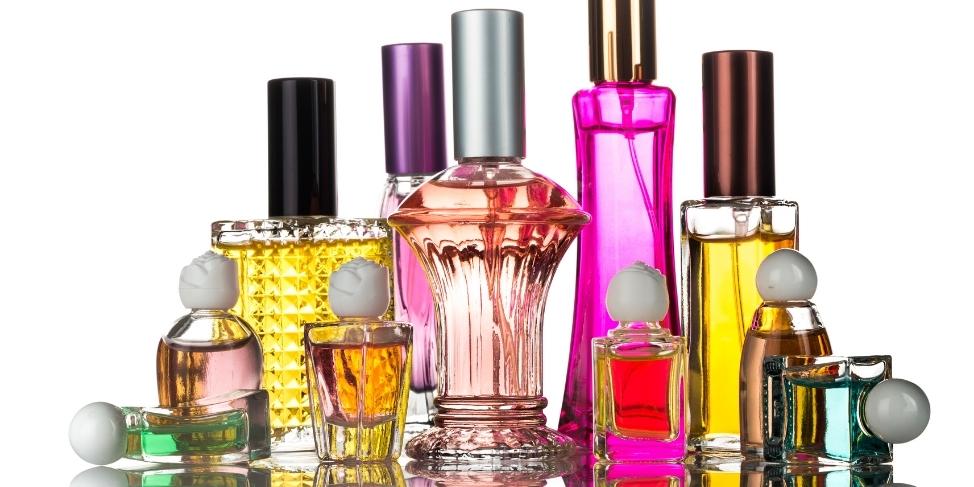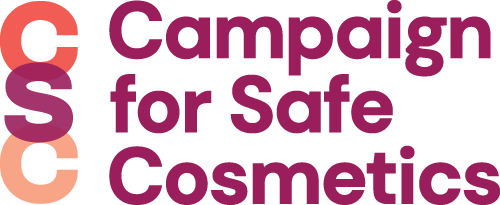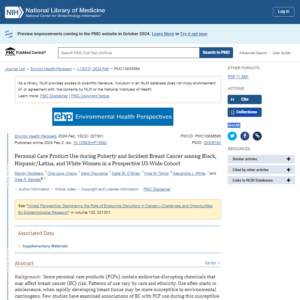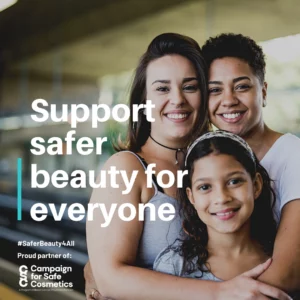
Perfume, cologne, and body sprays are one of those little joys of life that can brighten a day with just one spray. However, what are these delicious smells made of? Your signature scent likely isn’t made with all-natural vanilla, mint straight from the ground, and other pure fragrances. Instead, fragrances are often comprised of toxic chemicals hidden by the fragrance industry.
As the clean beauty movement expands, fragrance disclosure should become a necessity for customers. Toxic fragrances can pose plenty of risks unbeknownst to the public. Since fragrance disclosure isn’t required by brands (yet), it’s our job as consumers of these toxic fragrances to stand up and demand better fragrance disclosure, but how can this be done?
What are These Toxic Chemicals?

Your favorite scents are made up of ingredients derived either from natural raw materials or petroleum. One would assume these fragrance ingredients can be found on the product’s label, but that’s not always the case. Many of these toxic ingredients are hidden by the term “trade secrets.” Companies will omit fragrance ingredients, disguising the omission as protection for their “secret formula.” On the surface, this seems innocent, but in reality, these toxic fragrances are not disclosed for a reason.
How Do These Fragrance Chemicals Affect Our Health?

These hidden ingredients in fragrance can adversely affect our health in acute ways that compound over time. Certain fragrance ingredients have been linked to negative health effects ranging from minor allergies to serious conditions, such as cancer and reproductive toxicity.
How You Can Make a Change

Luckily, not all hope is lost. There are little and big ways you can make a change in the fragrance industry.
- Read the label- Use your purchasing power by reading what’s actually in a fragrance before buying it. Look out for synthetic musks, acetaldehyde, benzophenone, and other toxic fragrance chemicals.
- Avoid vague labels- If a label only lists “fragrance” as the ingredient, there’s a reason for that omission of truth. That fragrance is likely packed with synthetic, toxic fragrance chemicals that are better kept out of your home.
- Support the federal Fragrance and Flavor Right to Know Act- If you want to make a change that expands past your shelf of fragrances and into legislation, urge your congressional representative to support this bill.
What’ll This Bill Do?

The federal Fragrance and Flavor Right to Know Act (HR 5538) gives you the fragrance ingredient information you need in the buying process to make an informed purchase for your health. Companies will no longer be allowed to label their ingredients as an all-encompassing “fragrance” and get away with this vague description. This fragrance disclosure gives the power back to you, the buyer, to choose what fragrance chemicals you wish to inhale. Fragrance disclosure is the beginning of change. While you still need to be informed on toxic fragrance chemicals to know what to avoid, this process of smart shopping begins with companies being transparent. Urge your members of congress to support this bill and make a change that impacts not just your health, but the safety of every fragrance buyer. Send an impactful letter in just minutes at Support the Safer Beauty Bill Package.















